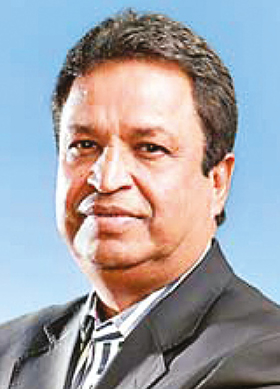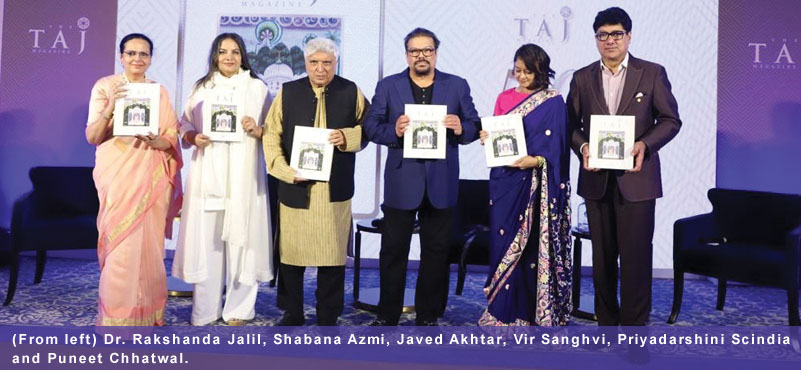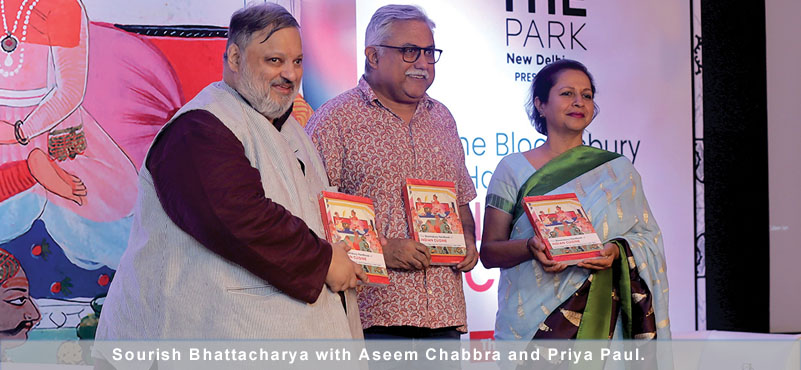Presenting a uniquely insightful perspective of the industry scenario from an international standpoint, as a hotelier with serious interest in India, its constituent regions and beyond, Binod Chaudhary is a leading collaborator with Taj Hotels, with hotels in Kathmandu, Sri Lanka, Maldives, and the safaris in India.

CHAIRMAN, CG HOSPITALITY GROUP
“Admitting that there is a problem is the beginning of correction”, he elucidated. The comparatively enabling environments of countries such as Spain and Thailand, or South Asian countries such as Sri Lanka and Nepal, have managed to propel tourism revenues considerably despite adverse political and economic circumstances over the years. Sri Lanka had over two million foreign tourist arrivals annually which should have meant that India should be having over 120 million arrivals, if compared hypothetically on a proportionate basis. Similarly, Nepal had over 1 million foreign tourist arrivals which should have reported for Indian arrivals at over 60 million foreign tourists.
He also aptly underlined the vitality of the tourism sector in India, contributing 9% of the country’s GDP but also expressed concern over the dearth of productive investment in the sector which barely amounted to a fraction of a percentage of the GDP. The lack of understanding as shown by the government, perceptible via its abstinence from important industry forums was, which only went on to project a poor state of lobbying capacity of the industry, as a whole.
Counter intuitively, India also boasted of remarkable examples of cities performing tremendously well in the hospitality segment including destinations such as Kerala, Udaipur and Goa. But he also believed that the industry needed to grow beyond them and percolate into other regional markets as well. He provided anecdotes of his company’s experience in attempting to initiate hospitality projects in India which hadn’t proved viable. They had purchased land in Kochi, Noida and Surat for the purposes of hotel development, but by the time that they were able to secure the required government approvals, the entire feasibility dynamics of the venture had altered and they had ultimately decided to sell off their properties and exit, as by then, this was the only option which made the best business sense.
Contrastingly, he presented the Nepal tourism model to be an ideal, high functioning and efficient example of hospitality exuberance, which had performed exceedingly well in sectors such as adventure tourism, trekking and mountaineering expeditions. Hence, he sincerely wished for more conducive circumstances to evolve in the Indian hospitality segment as well, so that he, and many other investors from overseas like him, could further investment agendas fruitfully in future and share in the vast potentialities that the country invariably offered.




































